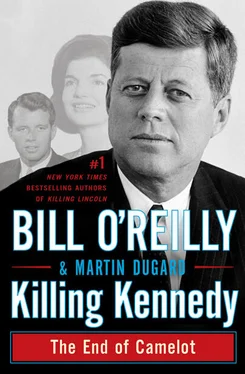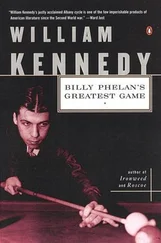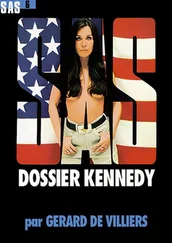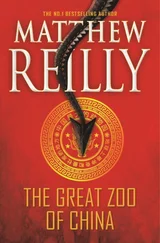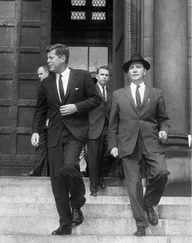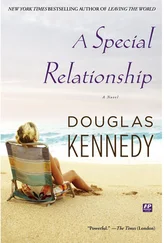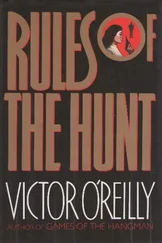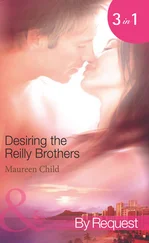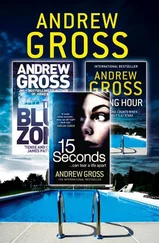Prologue: Arthur Schlesinger’s A Thousand Days , Doris Kearns Goodwin’s The Fitzgeralds and the Kennedys , Karen Price Hossell’s John F. Kennedy’s Inaugural Speech, and Thurston Clarke’s Ask Not: The Inauguration of John F. Kennedy and the Speech That Changed America . Todd S. Purdum’s February 2011 Vanity Fair piece on the inauguration was also very helpful, as were the National Archives database and the Warren Commission Report.
Chapter 1: John Hersey’s 1944 New Yorker story about PT-109 provided the best account of the ordeal. Lance Morrow’s The Best Years of Their Lives , which is a quick and fascinating read, nicely counterbalances Hersey’s sometimes fawning version of events. Details about the Gold Star Mothers speech and the birth of the Irish Mafia can be found in William Manchester’s One Brief Shining Moment .
Chapter 2: The White House Museum website offers a fine map of the entire building, along with its history in words and pictures. Also, Robert Dallek’s writing on JFK’s myriad medical woes was very helpful in our getting a handle on the many medications the president was required to take. The Kennedy Library’s website is a great source of detail on life in the White House. Information on Jackie comes courtesy of Sally Bedell Smith’s Grace and Power .
Chapter 3: William R. Fails’s Marines and Helicopters details the evolution of presidential transportation, while Dallek’s An Unfinished Life and Humberto Fontova’s Fidel: Hollywood’s Favorite Tyrant lend detail to the Castro atrocities. The weather comes courtesy of the Farmers’ Almanac, while Manchester’s Brief Shining Moment adds behind-the-scenes comments on the president’s thoughts on the Bay of Pigs. Other notable resources: Dean Rusk’s As I Saw It , Edward R. Drachman and Alan Shank’s Presidents and Foreign Policy , Michael O’Brien’s John F. Kennedy: A Biography , Thomas G. Paterson’s Kennedy’s Quest for Victory , Jim Rasenberger’s The Brilliant Disaster , James Hilty’s Robert Kennedy , Richard Mahoney’s Sons and Brothers , and Richard Goodwin’s excellent Remembering America .
Chapter 4: The reader is directed to go online and watch Jackie’s excellent White House tour, particularly the body language between the president and First Lady at the end. Seymour Hersh’s The Dark Side of Camelot was only too happy to spill the secrets of White House infidelities, while Sally Bedell Smith’s Grace and Power , Christopher Andersen’s Jack and Jackie , Laurence Leamer’s The Kennedy Women , and C. David Heymann’s A Woman Named Jackie seem more intent on understanding the reasons why.
Chapter 5: The JFK Library and Jackie’s own words in Historic Conversations on Life with John F. Kennedy speak to the topic of Camelot, as does Sally Bedell Smith’s May 2004 Vanity Fair piece, “Private Camelot.” Randy J. Taraborrelli’s The Secret Life of Marilyn Monroe ; The Sinatra Files , by Tom and Phil Kuntz; and the FBI’s dossier on Sinatra add compelling detail to the goings-on in Palm Springs. Evan Thomas’s Robert Kennedy provides insight into RFK. Hersh’s Dark Side of Camelot was also invaluable. JFK’s comments about the chase came from the U.S. News and World Report (May 9, 2004) interview with Sally Bedell Smith. The Gallup Poll’s website offered information on approval ratings, while Sam and Chuck Giancana’s Double Cross provided background on the various potential Mafia plots against Marilyn and the Kennedy brothers.
Chapter 6: The Kennedy Library’s website has a feature that allows you to browse the New York Times by date. This provides much of the background information on the travels of the president, the atrocities in East Berlin, and the world’s interest in matters such as Soviet cosmonauts and the revolutionary radio telephone. Robert Caro’s Passage of Power was a treasure trove of information about the habits of Lyndon Johnson, particularly his travails as vice president. Details about life in the Deep South come from FBI reports documenting that period, while the story of Emmett Till came directly from his killers’ Look magazine article, along with other sources that add more dimension, and from the Ebony magazine photograph showing his battered and flattened head. Dave Garrow’s Atlantic Monthly piece of July/August 2002 documents the FBI’s fascination with Martin Luther King Jr. FBI special agent Fain’s recollection of Lee Harvey Oswald comes from Fain’s Warren Commission testimony.
Chapter 7: Photographs of JFK’s bedroom can be seen at www.whitehousemuseum.org, and further detail can be found in Manchester’s Brief Shining Moment . More White House history can be found at www.whitehouse.gov; Jackie Kennedy speaks a great deal about their life there in Historic Conversations on Life with John F. Kennedy . Specific conversations during the Cuban missile crisis can be found in The Kennedy Tapes , by Ernest May and Philip Zelikow, and in Ted Kennedy’s True Compass. Also of note: Stern’s The Week the World Stood Still ; the archive file of Dean Rusk’s meeting with Soviet foreign minister Gromyko; Charles Tustin Kamps’s The Cuban Missile Crisis ; Jackie, Ethel, and Joan , by Randy J. Taraborrelli; The Mind of Oswald , by Diane Holloway; Khrushchev , by William Taubman; and The Memoirs of Nikita Khrushchev , by the late Soviet dictator. Robert Dallek’s Atlantic story about Kennedy’s medical woes (December 2002) was also very helpful.
Chapter 8: Believe it or not, the Mona Lisa ’s unveiling can be found on YouTube. Fascinating stuff. Mona Lisa in Camelot , by Margaret Leslie Davis, sheds light on this improbable chapter in our nation’s history. The glossary of Manchester’s Death of a President provides the Secret Service code names, while the Warren Commission Report includes a solid summary on the history of presidential assassination and the need for a Secret Service. The Secret Service’s own website shows this, too. Much of the behind-the-scenes information about the various agents and their details can be found in Clint Hill’s Mrs. Kennedy and Me , and in Gerald Blaine’s The Kennedy Detail . Edward Klein’s All Too Human was also very helpful.
Chapter 9: Caro provides more great detail on LBJ in Passage to Power . The Giancanas’ Double Cross goes further into the Mafia conspiracies. These conspiracies are not presented as facts in this book, but as theories—and Double Cross lays out these possibilities very nicely. Also of note in this chapter: Evan Thomas’s Bobby Kennedy , Burton Hersh’s Bobby and J. Edgar , Edward Klein’s All Too Human , Jim Marrs’s Crossfire , and the LBJ Library’s website.
Chapter 10: The Winston Churchill website has a fine overview of this special day, while Rethinking Camelot , by Noam Chomsky, deals with the early days of Vietnam in graphic detail.
Chapter 11: Many details about the marchers came from Washington Post coverage the following day. Glenn Eskew’s But for Birmingham and Diane McWhorter’s Carry Me Home provide additional awesome detail. Shelley Tougas’s Birmingham 1963 speaks of how a single photograph changed so many minds. Seth Jacobs’s Cold War Mandarin provides gruesome detail on the burning of monks and the Diem regime. And once again, Manchester provides great behind-the-scenes glimpses of the Kennedy White House.
Читать дальше
